Which upcoming electric vehicle might earn an EPA rating of more than 500 miles?
Which EV might share its production location with the Jaguar I-Pace?
This is our look back at the Week In Reverse—right here at Green Car Reports—for the week ending TKTKTK, 2018.
Hyundai announced that it’s rebooting its Ioniq nameplate into an entire brand of electric vehicles—starting in fall 2021 with an Ioniq 5 crossover based on the retro 45 concept. An Ioniq 6 sedan based on the sleek Prophecy sedan concept will arrive a year later, and an SUV in 2024.
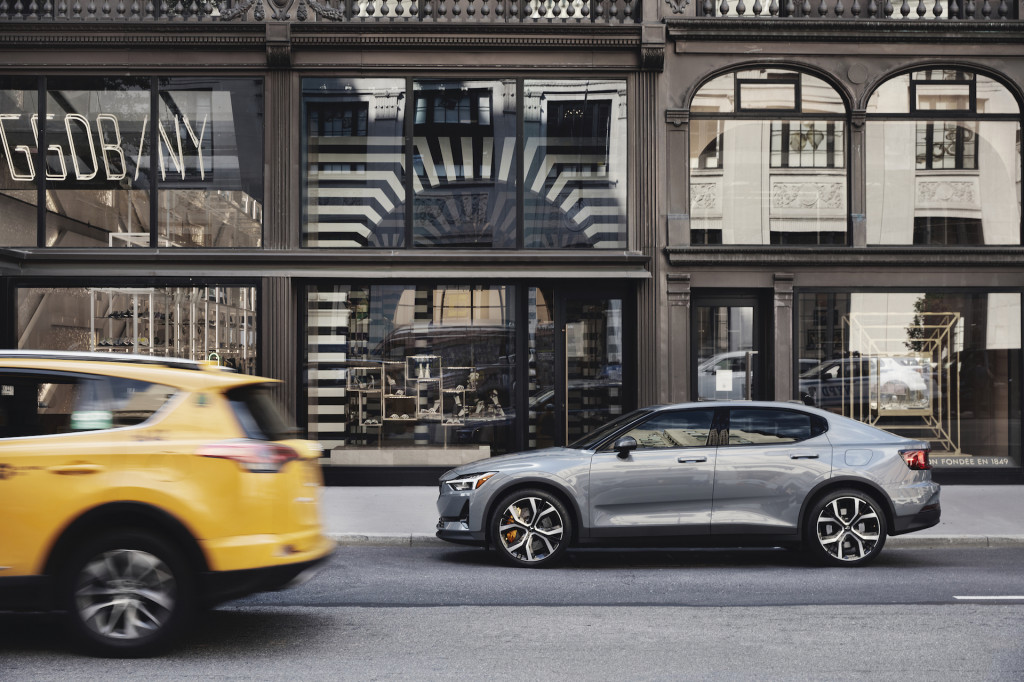
2021 Polestar 2
We drove the Polestar 2 electric fastback and found it to be dynamic and exciting to drive, although its packaging comes up short next to the Tesla Model Y and Model 3.
This week we brought many pieces of news from aspiring California automakers other than Tesla. Lucid claims to have achieved a 517-mile range result on the EPA cycle—conducted by an independent testing firm—although the vehicle wasn’t quite yet production-spec. And its CEO, Peter Rawlinson, has confirmed that Lucid’s SUV based on the Air will arrive in 2023—and among other products, a pickup is definitely not ruled out.
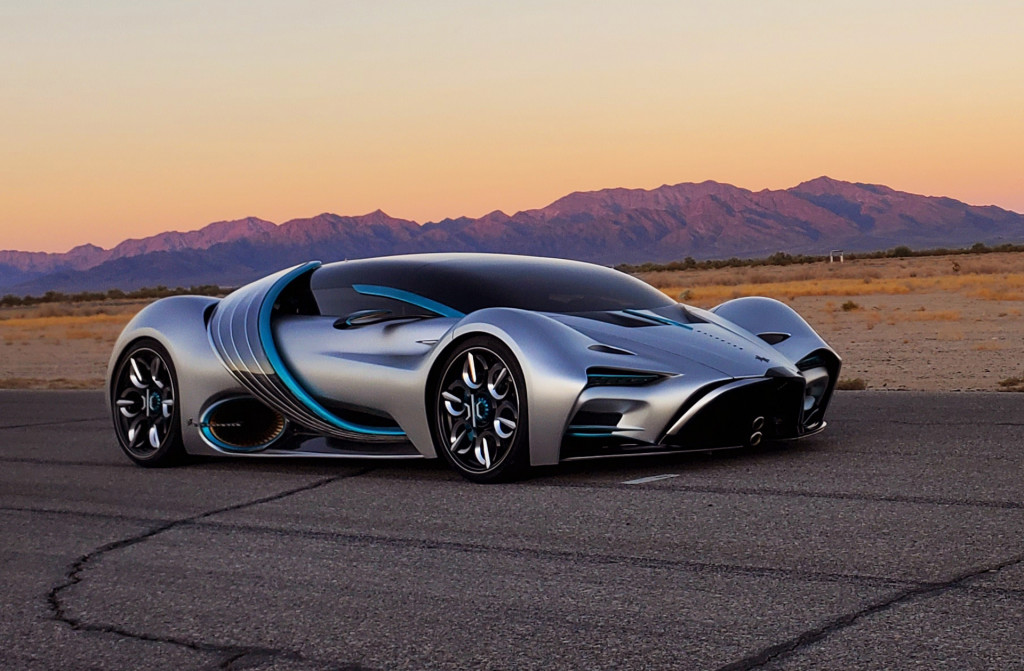
Hyperion XP-1
The California company Hyperion revealed the XP-1 hydrogen fuel-cell supercar, claiming a 221-mph top speed and 1,000 range, as “an educational tool for the masses.”
Another California company, Fisker Inc., has entered a memorandum of understanding to have Magna build the Ocean electric SUV in Graz, Austria. That’s where the Jaguar I-Pace is built, although Fisker reportedly continues to seek the VW MEB platform for affordable EVs.
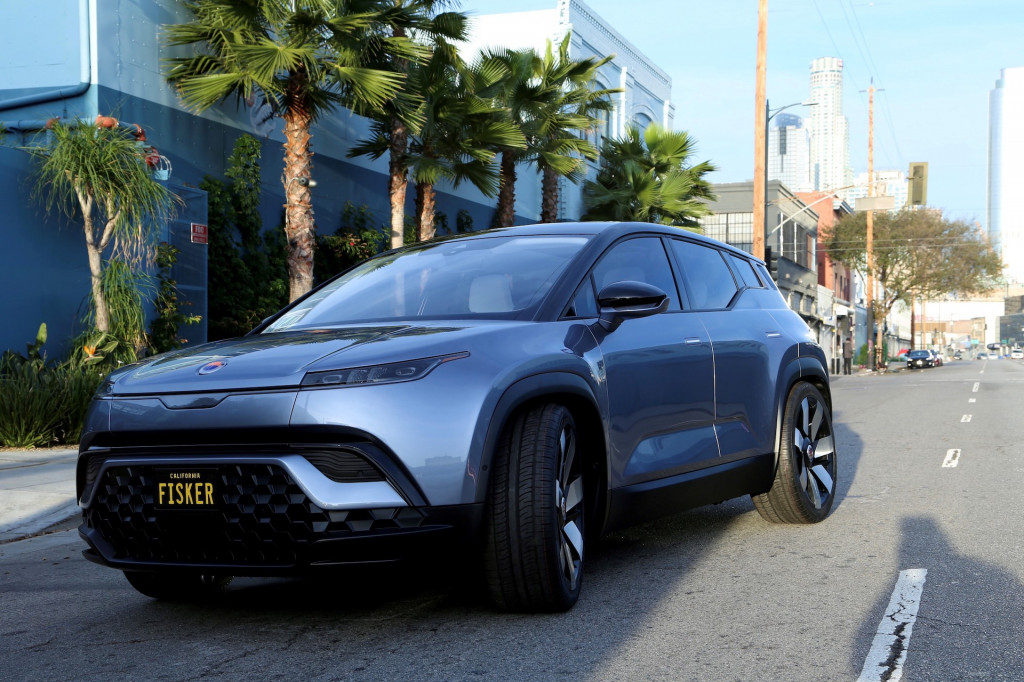
Fisker Ocean
From other automakers that haven’t delivered products quite yet, Nikola Motors has announced an order for 2,500 battery-electric garbage trucks, capable of covering 150 miles and 1,200 cans per charge, to be delivered starting in 2023. And Rivian released a video in which CEO RJ Scaringe provides a walkthrough of preparations in its Illinois assembly plant, as it readies for first deliveries of its electric pickup and SUV by summer.
The first fully electric car from the British luxury brand Bentley won’t arrive until 2026, although it said earlier this month that it’s aiming to avoid any reliance on rare-earth magnets.
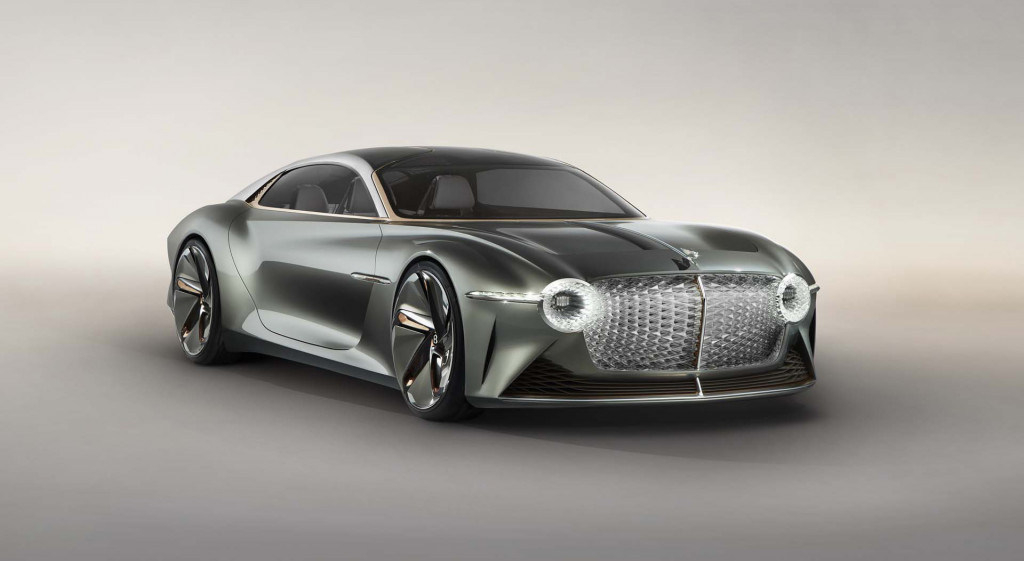
Bentley EXP 100 GT concept
Volkswagen is building a U.S. high-voltage laboratory for electric vehicle engineering and development work, adjacent to the Chattanooga, Tennessee, plant where it will ramp up EV production in 2022.
Mazda has made a puzzling move; it’s introduced a gasoline (mild-hybrid) version of its upcoming MX-30 electric car before the EV even reached its target market, Europe.
In South Korea, now that Tesla has been outselling any of the EV models from local automakers Kia and Hyundai—and getting the largest portion of subsidies—the government is considering changing the rules around them.
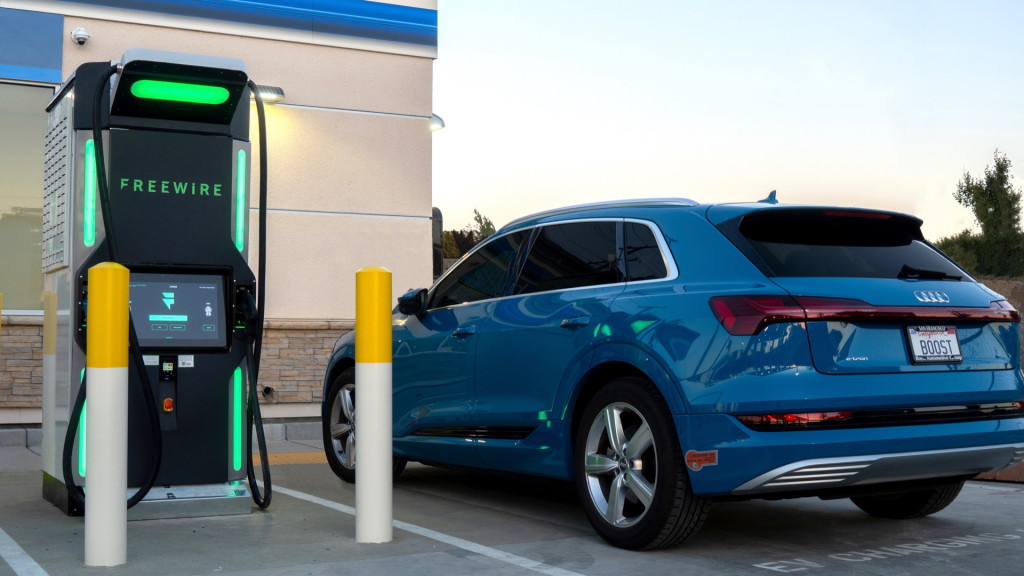
FreeWire Boost Charger at convenience store
A California convenience-store charger installation by the company Freewire shows the potential of battery buffer systems in allowing DC fast-charging where it might not otherwise be feasible—and at higher power and charging rates.
And in a few other pieces from the tech-and-innovation corner: The upcoming Ford Mustang Mach-E will use integrated drive module systems from BorgWarner that will combine the motor, gearbox, thermal management, and power electronics at each axle—freeing up space and, likely, assembly time. The battery supplier CATL is reportedly working on a technology through which automakers might be able to place battery cells within vehicle frames, rather than just in a centralized pack. And the supplier Mahle has outlined a system it produces to do what’s become increasingly common in modern EVs: use the air-conditioning compressor for keeping the battery cool during fast-charging.
_______________________________________
